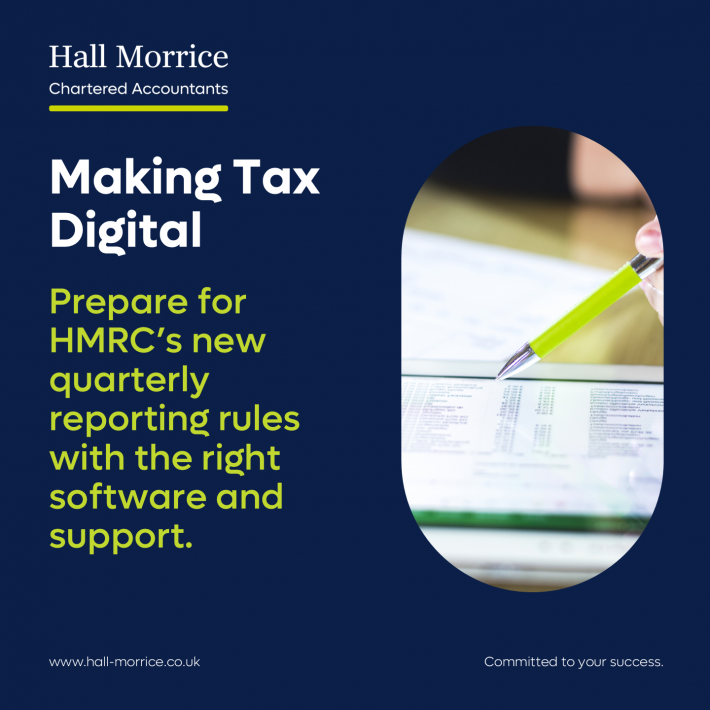
The UK tax system is undergoing some significant transformations, and businesses need to be prepared for the upcoming changes. From 1 April 2026, Making Tax Digital for Income Tax (MTDfIT) will become mandatory for sole traders and/or landlords. This shift aims to streamline tax reporting, reduce errors, and ensure a more efficient process for both businesses and HMRC.
MTDfIT will initially apply to sole traders and/or landlords with a turnover above £50,000 starting from April 2026. From April 2027, the threshold will lower to £30,000, bringing more businesses into the digital tax framework. However, ahead of the official rollout, HMRC will be piloting the system from April 2025, allowing businesses to test and adapt to the new requirements. Partners in partnerships where they meet the criteria for either sole trade or as a landlord will also be brought into the new regime, although their partnership income will not form part of the quarterly updates.
Businesses falling within the scope of MTDfIT will be required to submit quarterly updates using compatible software. These updates will be generated directly from digital records, ensuring accurate and timely reporting. While statutory Income Tax return deadlines and payment dates remain unchanged, businesses must now provide quarterly figures for each calendar quarter.
Under MTDfIT, businesses must use HMRC-compatible software to maintain digital records and submit tax updates. This can be done through accounting software, bridging software, or API-enabled spreadsheets. The software must:
Additionally, each business will be required to maintain a dedicated business bank account separate from personal transactions for clarity and compliance.
A new penalty system will come into effect in April 2026. Businesses that fail to submit their quarterly updates on time will accumulate penalty points, and once the threshold is reached, a £200 fine will be imposed. Businesses must also retain digital records for up to six years in compatible software, so they are accessible for audits or tax reviews.
Only a small number of businesses will qualify for an exemption from MTDfIT. If you believe you may be exempt, please contact us for further details. If HMRC denies an exemption request, businesses have the right to appeal the decision.
With MTDfIT set to transform tax reporting, now is the time to prepare. Start by reviewing your accounting software, setting up a dedicated business bank account, and ensuring you understand the new quarterly reporting requirements.
Starting on 1 April 2025, HMRC will be introducing a “testing” phase. This is designed to stress-test the robustness of the new system before the rules are mandated. We will be participating in the testing year and are looking to invite a select number of clients to follow the new regime from 1 April 2025. We will very soon get in touch with those clients so our team can help bring about a smooth and compliant transition to the new system.
At Hall Morrice, our experienced team can provide personalised advice to help you navigate these changes and optimise your tax strategy. Contact us today to discuss your options.